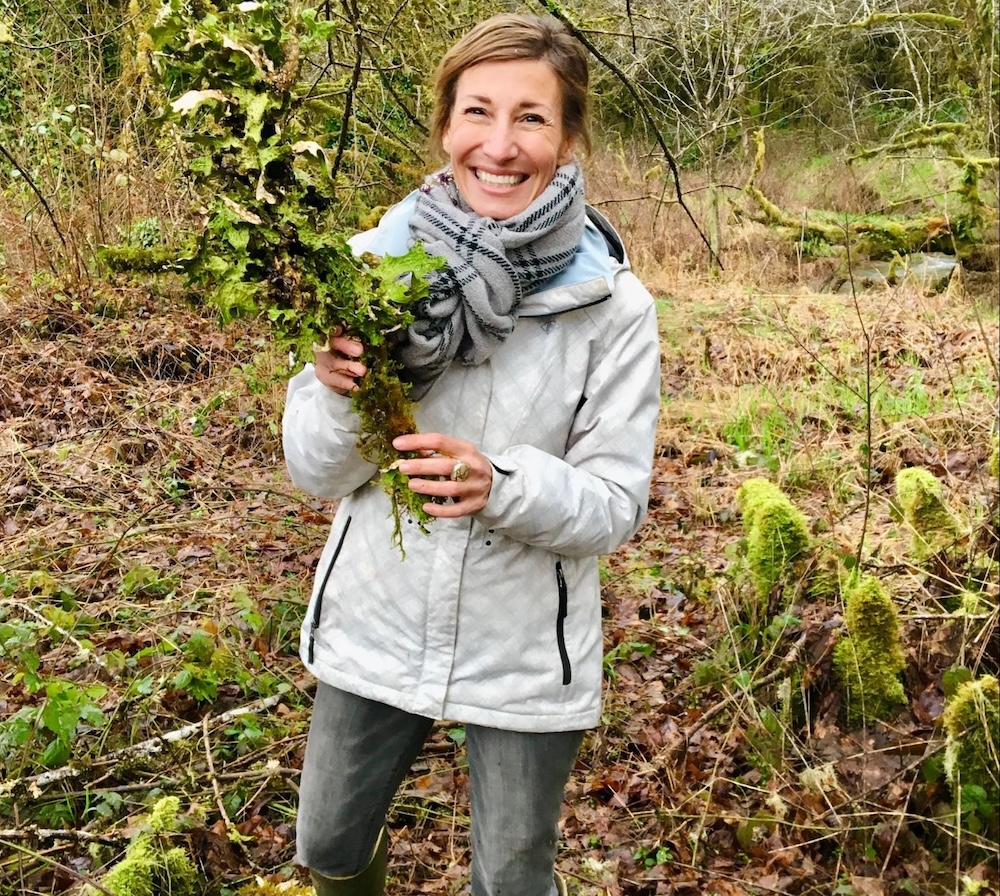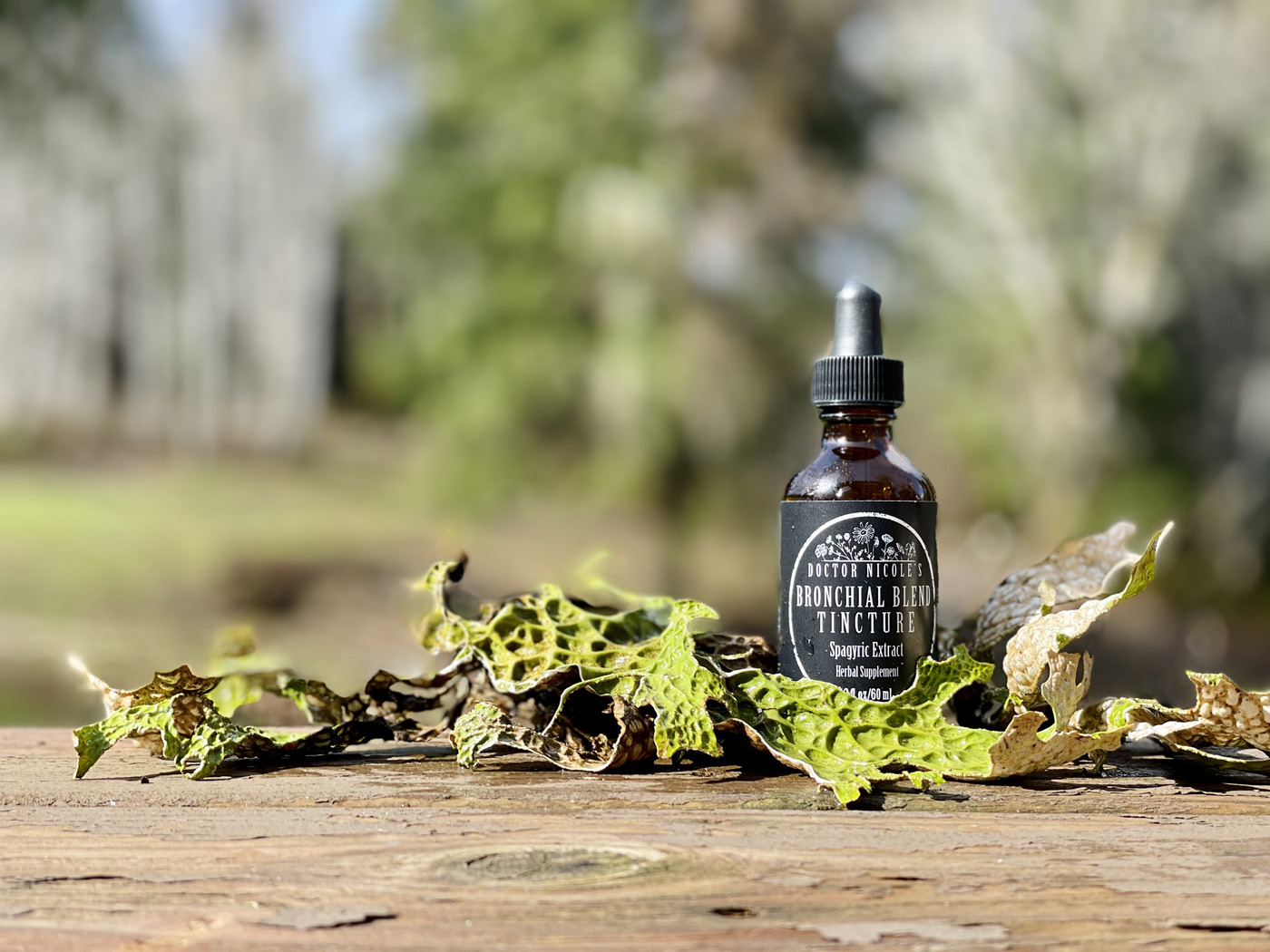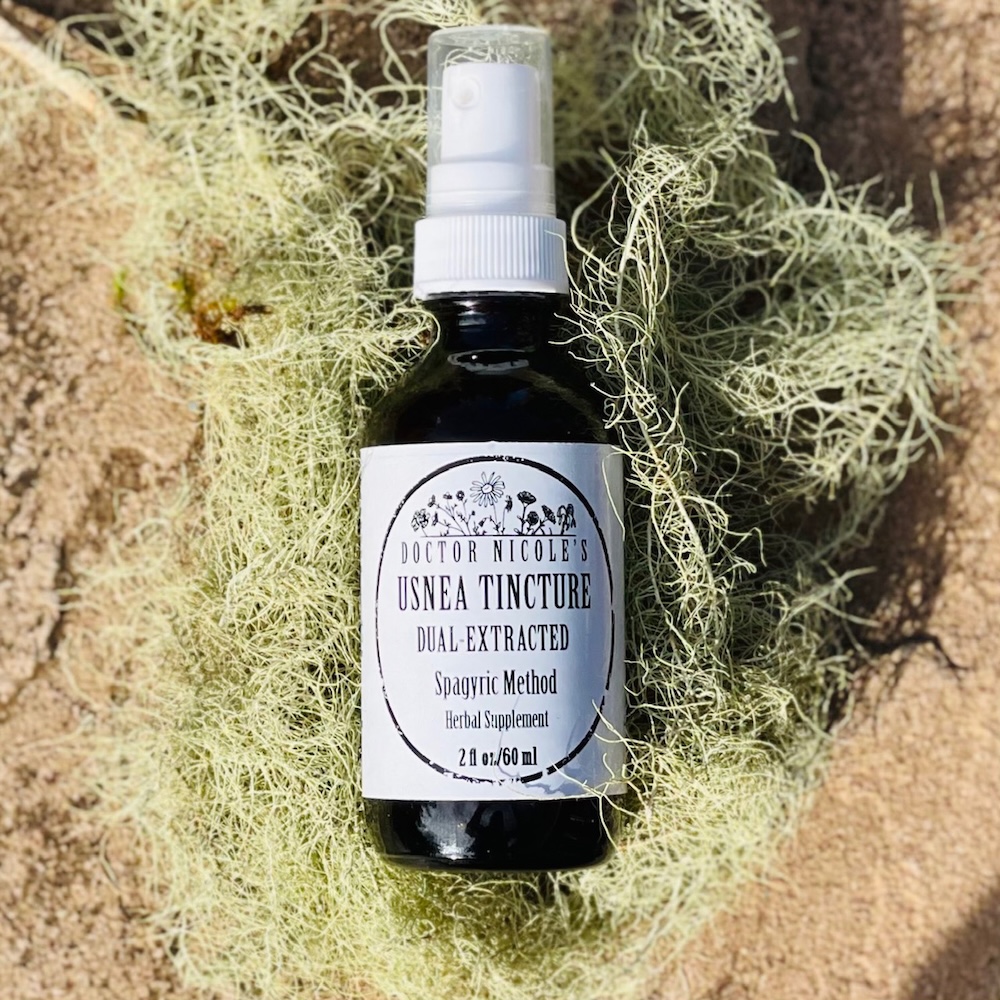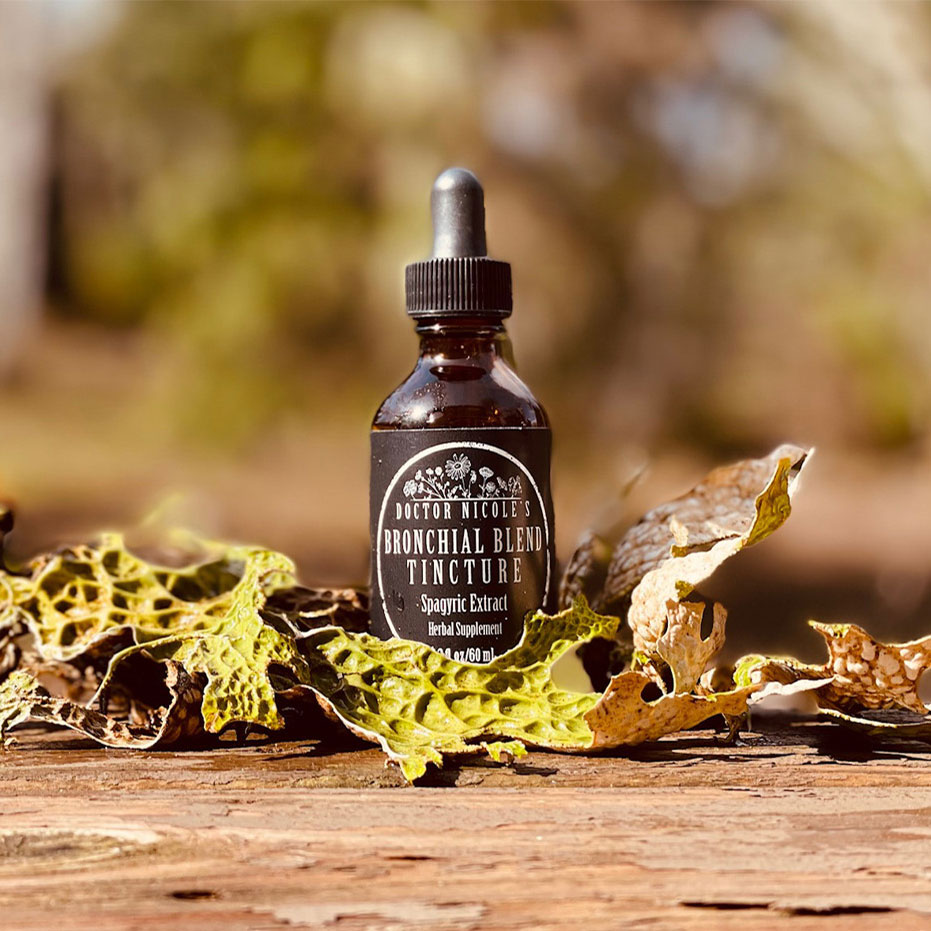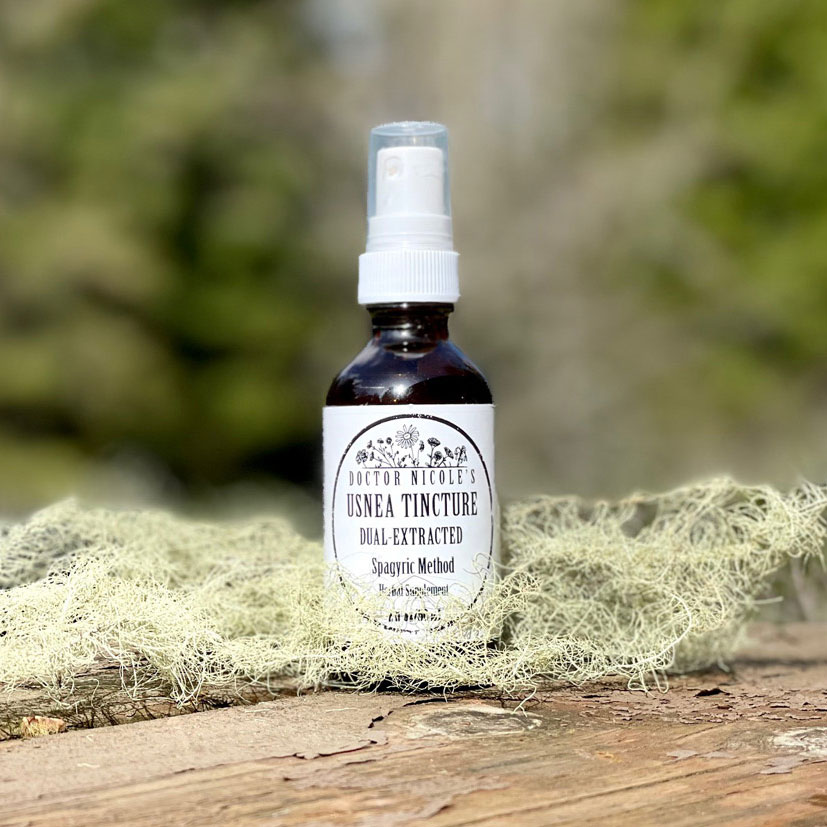From the Past into the Present
A disease that is often associated with the Victorian era of the 1800s, when it was first diagnosed, tuberculosis was thought to be all but eradicated one hundred and fifty years later with the advent of antibiotics — and yet it is on the rise again in the United States and around the world. It remains the deadliest infectious disease in recorded human history and has claimed more lives than HIV/AIDS, smallpox, influenza, cholera, and the plague combined.1
Compounding the issue is the increase of drug resistance to TB treatment, which typically involves six to nine months of continuous antibiotics — or up to twenty to thirty months in the case of drug-resistant TB. Today, the World Health Organization (WHO) has declared the disease a global emergency as it’s estimated that over 5,000 people die from the disease each day — or one person about every twenty seconds.3,4
This is concerning, especially given the rising rates of infection. However, there is much we can do to prevent transmission and avoid developing the disease through natural remedies and lifestyle choices. But first, let’s take a look at the two types of tuberculosis: latent and active.
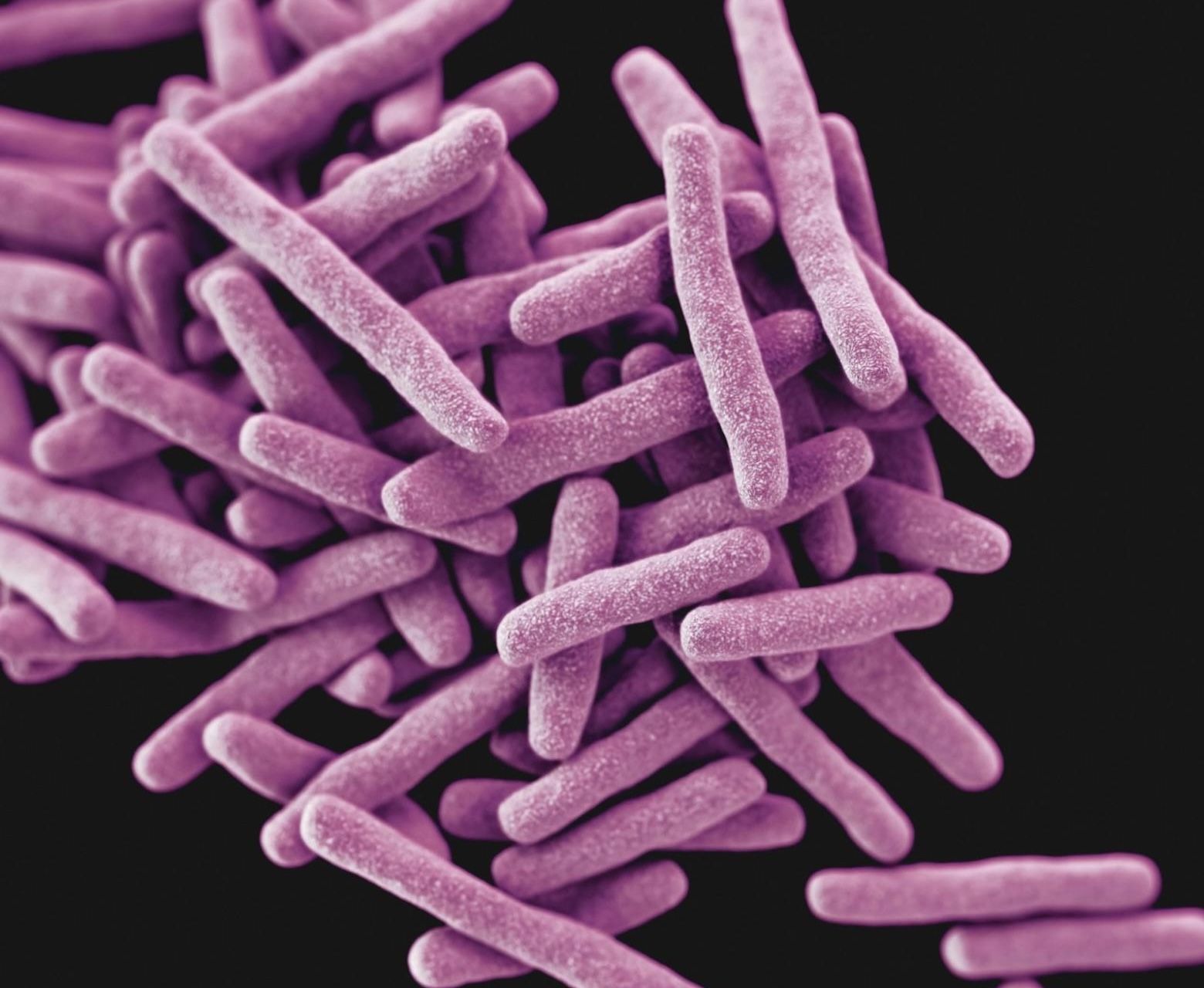
Dormant vs TB Disease
An airborne contagious disease caused by Mycobacterium tuberculosis, the active bacterial infection begins in the lungs and causes areas of dead tissue. If left untreated, the bacteria can spread to other areas of the body over time — including the kidneys, brain, and spine.
Researchers estimate TB has been around for tens of thousands of years. Many referred to the disease in the past as “consumption” because of the extreme weight loss it caused. Before the development of the antibiotic streptomycin in the 1940s, there wasn’t much that could be done beyond fresh air, solid nutrition, and plenty of sunlight — which often wasn’t effective.
There are two types of tuberculosis: latent and active. With the latent form, you have been infected and the bacteria are living in your body, but it isn’t causing symptoms or disease. It’s estimated that up to 13 million people in the United States have a latent TB infection.2 With this type, you cannot spread it to others. However, you are more at risk of developing TB disease if left untreated. According to the CDC:
“Progression from untreated latent TB infection to TB disease accounts for approximately 80% of U.S. TB disease cases. Treating latent TB infection is 90% effective in preventing the development of TB disease.”2
The agency recommends a short-course, rifamycin-based, 3-4 month treatment regimen for a latent TB infection. If the infection isn’t treated, it can progress to active TB disease and may cause the following symptoms:
- Cough (especially when lasting 3 weeks or longer)
- Fever
- Weight loss
- Night sweats
- Fatigue
- Loss of appetite
- Chest pain
- Shortness of breath
- Coughing up blood or sputum
If the bacteria have migrated to other parts of the body, symptoms include:
- Swollen glands
- Blood in the urine
- Headache or confusion
- Back pain
- Hoarseness
- Swollen, painful joints
When left untreated, TB disease can be fatal. Early diagnosis is crucial. Those most at risk for contracting TB disease are those with HIV; immunocompromised; have diabetes, kidney disease, or cancer; under the age of five; alcohol or drug abuse; smokers.

Natural ways to help prevent tuberculosis involve getting enough vitamin D in your diet and plenty of sunshine; consuming a nutrient-rich, whole-food diet with an abundance of fruits, vegetables, and healthy proteins; encouraging gut health with prebiotics and probiotics to enhance immunity (see our Balanced Gut Blend in the apothecary for an extra level of support); and avoiding sugar, alcohol, processed foods, and tobacco products.
Supportive Herbal Remedies
It is important to note that if you are diagnosed with TB disease, you must be treated with antibiotics — alternative therapies alone will not be effective. However, you can fortify your immune system and support lung health to help prevent the development of active TB if you have been exposed to someone with the disease or have tested positive for the latent form.
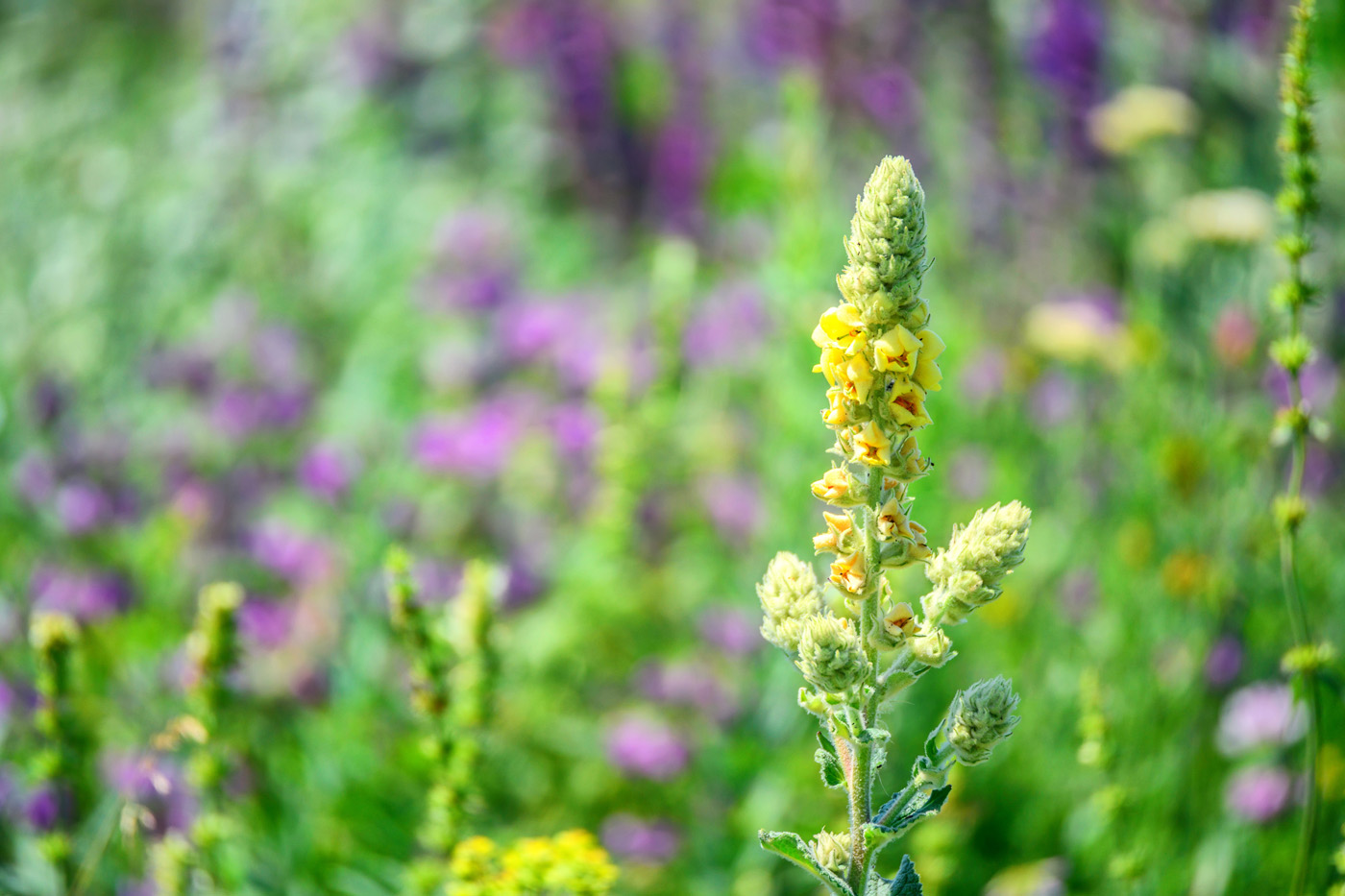
Be this as it may, researchers are now searching for alternative treatments for the disease as antibiotics become less effective, especially since “[e]xtensively drug-resistant TB (often incurable) first emerged in 2006 and has now been reported in over 50 countries worldwide”.5
One such treatment involves the medicinal herb mullein (Verbascum thapsus), which has been used traditionally in Ireland as a treatment for TB disease. In fact, “[a] simple “pharmaceutical trial” in the late nineteenth century showed that the herb was beneficial in cases of tuberculosis. Dr. Quinlan of St. Vincent’s hospital (Dublin, Ireland) noted mullein is “a trusted popular remedy in Ireland” and reported positive findings in 6 out of 7 cases where the herb was used to treat tubercular patients.6
But what does modern research have to say about it?
Mullein is known for its expectorant and demulcent properties, which are due to its mucilaginous constituents and saponins.7 Both of these actions are extremely helpful for supporting the overall health of the lungs by clearing out excess mucus. The herb is also anti-tumor, antiviral, antifungal, and, particularly important for tuberculosis — antibacterial.8
While more research is needed to establish if mullein has true antimycobacterial action, it holds promise as a potential modern-day treatment for TB disease.
Another powerful medicinal herb is lungwort lichen (Lobaria pulmonaria). As the name suggests, it is helpful in supporting the lungs and an excellent remedy for a range of respiratory complaints, including tuberculosis. It is antibacterial, anti-inflammatory, and expectorant. Because of these exceptional qualities, both mullein and lungwort lichen are included in my Bronchial Blend.
The third and final botanical I recommend for TB disease is usnea (Usnea barbata). As I wrote in The Fascinating World of Lichens: A Hidden Treasure for Your Health:
“Usnea is another herbal superhero with astonishing capabilities. In fact, if I only had access to one herb this is the one I would pick. Why? For starters, usnea has extraordinary antimicrobial properties. So much so that it rivals penicillin as an antibiotic.9 It can tackle strep, staph, MRSA, tuberculosis, and pneumonia.
Usnea is also effective against sinus infections, bronchitis, and urinary tract, bladder, and kidney infections. What’s more, it is antiviral and helps with a range of viral infections, including Epstein-Barr, herpes, and HPV. This is definitely one herb you want on hand!”
Whether you’re seeking powerful, natural support for TB protection or relief from another lung-related concern, our Bronchial Blend and Usnea Tincture Spray offer trusted, all-natural options. Formulated with respiratory health in mind, these remedies harness the power of nature to support lung health and more. Visit my apothecary today to learn more!
Nicole Apelian
Nicole’s Apothecary Products in this Post
References
- Kim PS, Swaminathan S. Ending TB: the world’s oldest pandemic. J Int AIDS Soc. 2021 Mar;24(3):e25698. doi: 10.1002/jia2.25698. PMID: 33754449; PMCID: PMC7985566.
- “Clinical Overview of Latent Tuberculosis Infection”Centers for Disease Control. https://www.cdc.gov/tb/hcp/clinical-overview/latent-tuberculosis-infection.html
- Global tuberculosis control – epidemiology, strategy, financing. WHO Report 2009, http://www.who.int/tb/publications/global_report/2009/en/
- Swaminathan S. Tuberculosis, the only infectious disease to be declared a “global emergency” by the WHO, is a major cause of death in adults and children worldwide. Indian Journal of Pediatrics. 2000;67(2):S1–S2.
- McCarthy, Eibhlín, and Jim M O’Mahony. “What’s in a Name? Can Mullein Weed Beat TB Where Modern Drugs Are Failing?.” Evidence-based complementary and alternative medicine : eCAM vol. 2011 (2011): 239237. doi:10.1155/2011/239237
- Quinlan FJ. The Verbascum thapsus. British Medical Journal. 1883;1:149–150. doi: 10.1136/bmj.1.1152.149.
- Evans WC. Pharmacognosy. 15th edition. Philadelphia, Pa, USA: Saunders Elsevier; 2002.
- Turker AU, Camper ND. Biological activity of common mullein, a medicinal plant. Journal of Ethnopharmacology. 2002;82(2-3):117–125. doi: 10.1016/s0378-8741(02)00186-1
- Yu, X., Guo, Q., Su, G., Yang, A., Hu, Z., Qu, C., Wan, Z., Li, R., Tu, P., & Chai, X. (2016). Usnic Acid Derivatives with Cytotoxic and Antifungal Activities from the Lichen Usnea longissima. Journal of natural products, 79(5), 1373–1380. https://doi.org/10.1021/acs.jnatprod.6b00109

